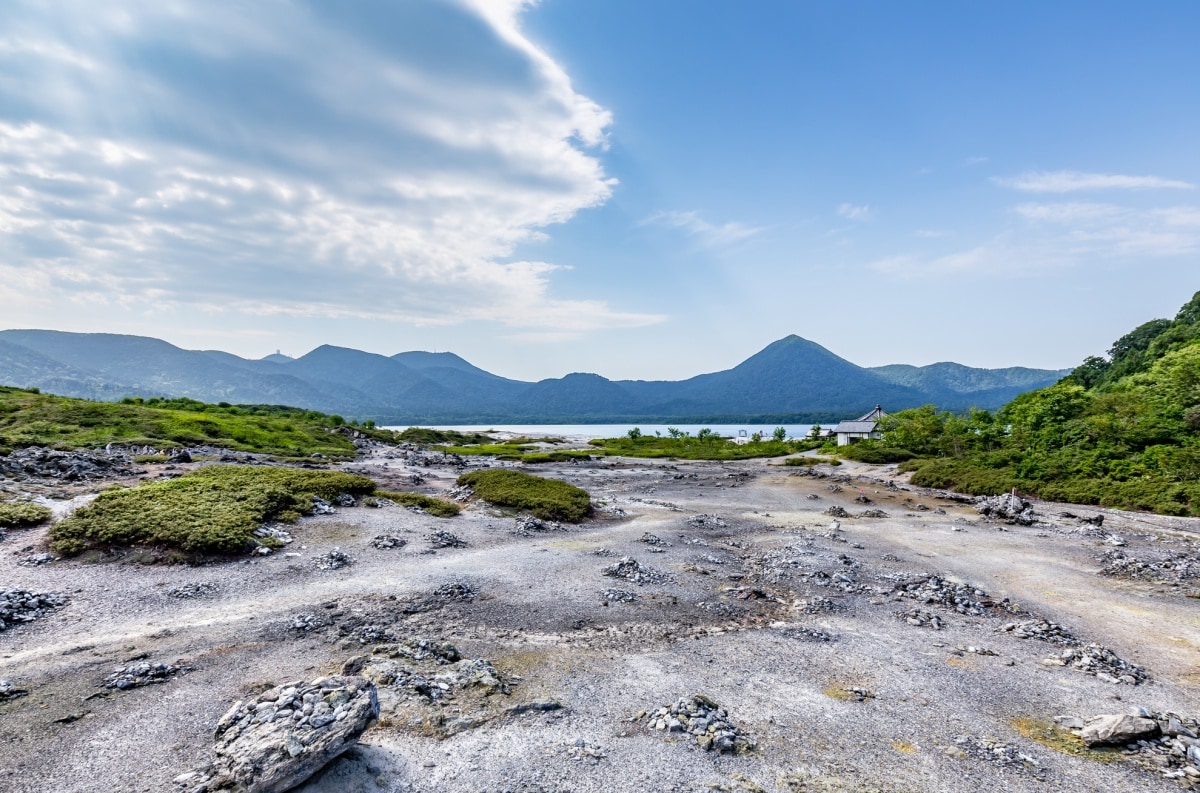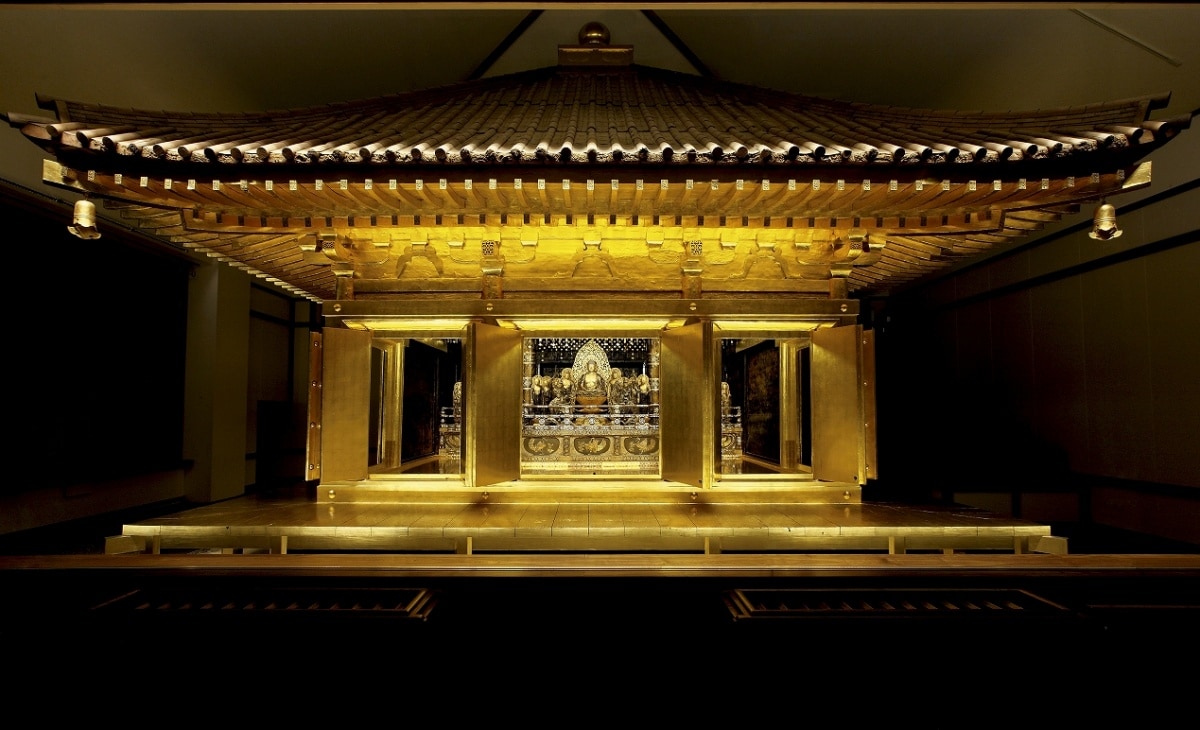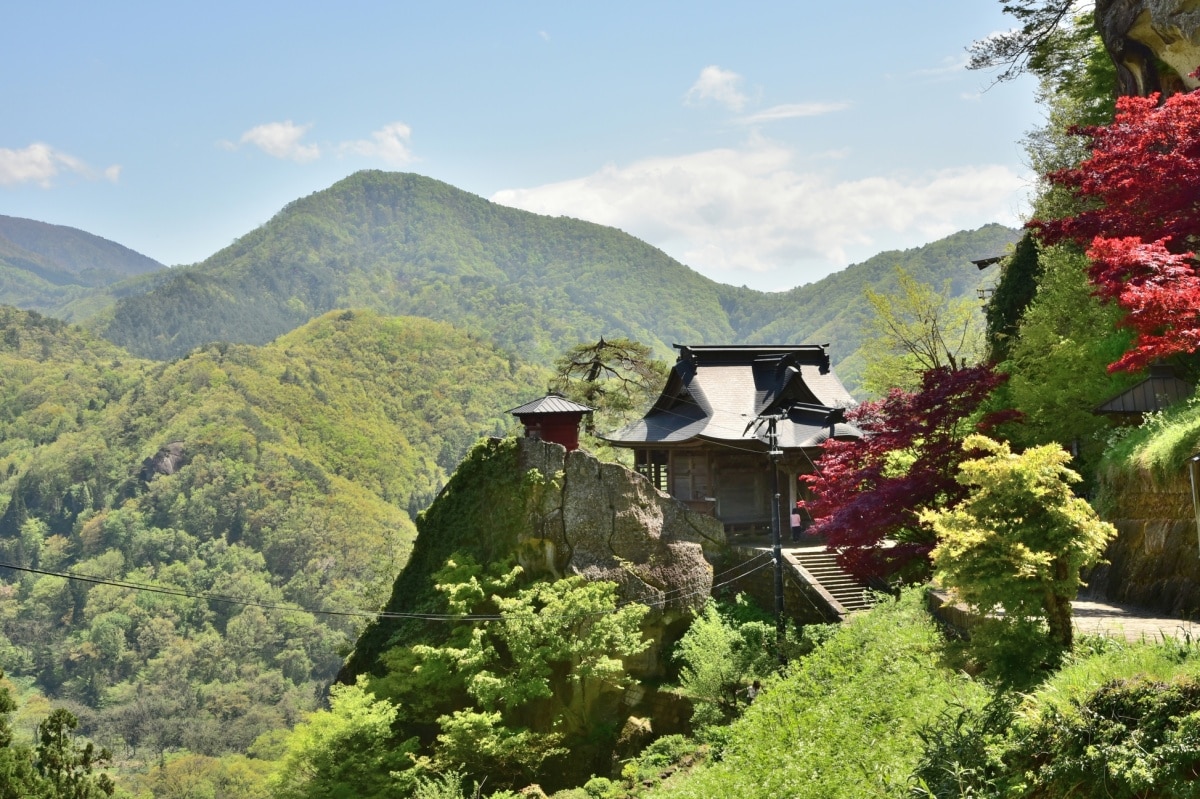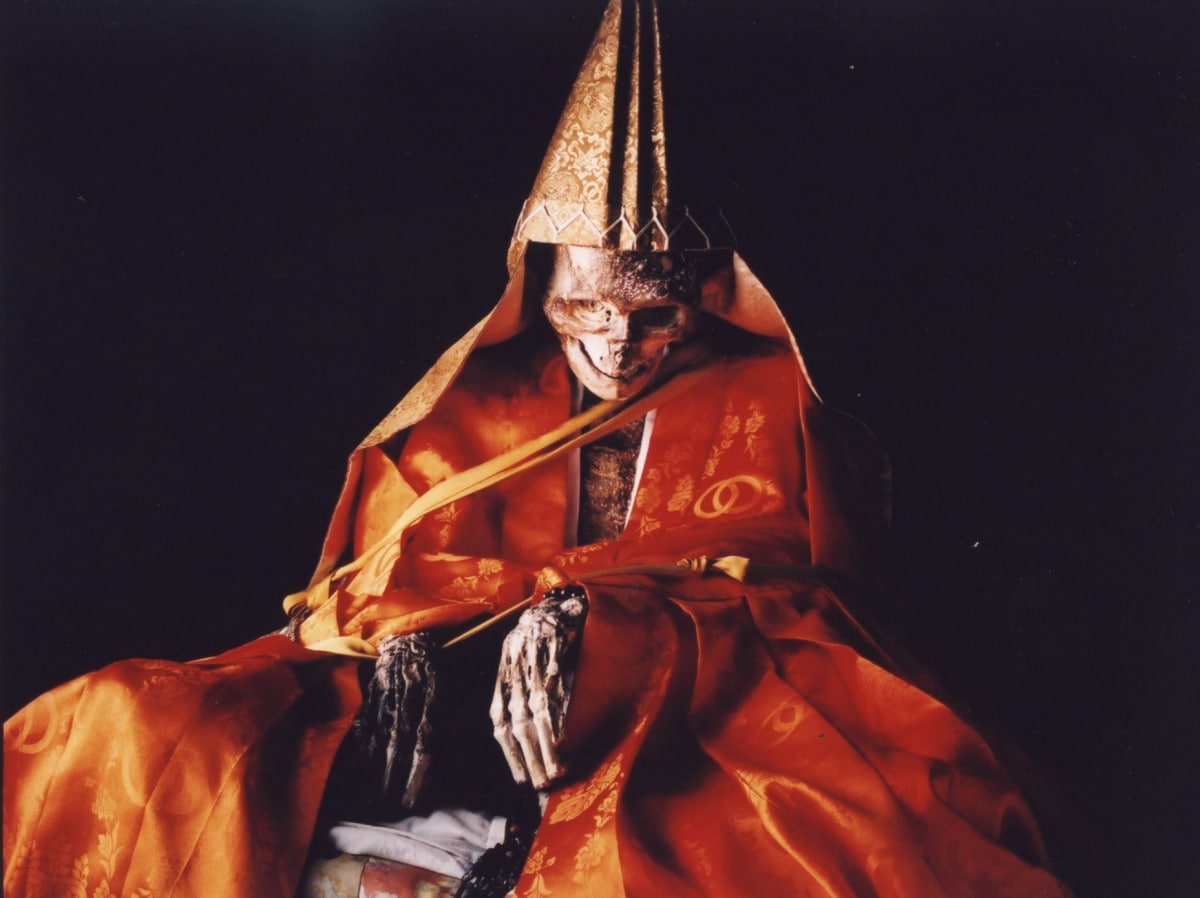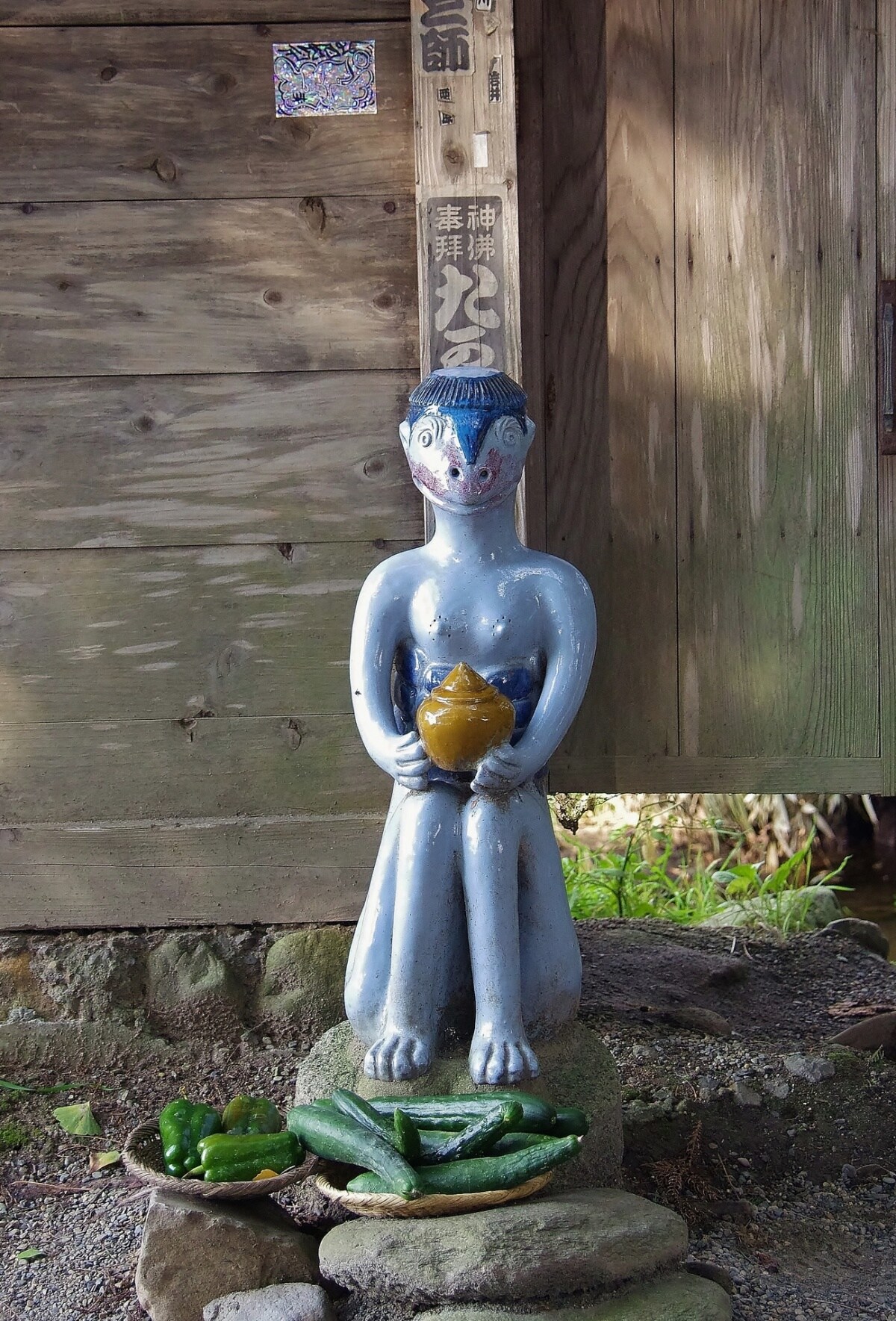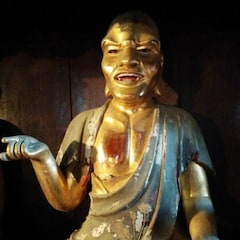Explore the Mysteries of Tohoku
If the heavy winter snow or rugged mountains didn’t keep you away, the stories of roaming bandits and forest monsters would! But nowadays people come to Tohoku to explore folklore, sacred rituals and natural wonders. From hard-to-believe legends to riddles thousands of years in the making, Tohoku is a land of mystery.
By Buddy JacksonThree Great Holy Sites
To start off, consider the three ancient pilgrimage spots in Tohoku so famous they're labeled Oshu Sandai Reijo (奥州三大霊場), meaning the Three Great Holy Sites of Oshu (the old word for Tohoku).
Dewa Sanzan (出羽三山, the Three Sacred Mountains of Dewa) in Yamagata, allow visitors to dress in white pilgrim clothes and dine on all-vegetarian shojin ryori like the Shugendo mountain priests who still practice their ancient religion here.
Mount Osore (恐山・Osore-zan) in the far northern peninsula of Aomori is one of the scarier places in Japan: This “Buddhist Hell” is a black desert of volcanic ash and steam vents surrounded by teasing green mountains in the distance. At least the hundreds of lifeless Jizo statues will keep you company in this dark place.
Last is Kinkasan (金華山), an island off the coast of Miyagi overshadowed by the famous Tashirojima (田代島) “Cat Island” nearby. Kinkasan has ancient shrines, countless semi-wild deer, hiking trails and elusive mountain monkeys. Visit three consecutive years in a row and it's said you will never worry about money for the rest of your life.
Ancient Beliefs
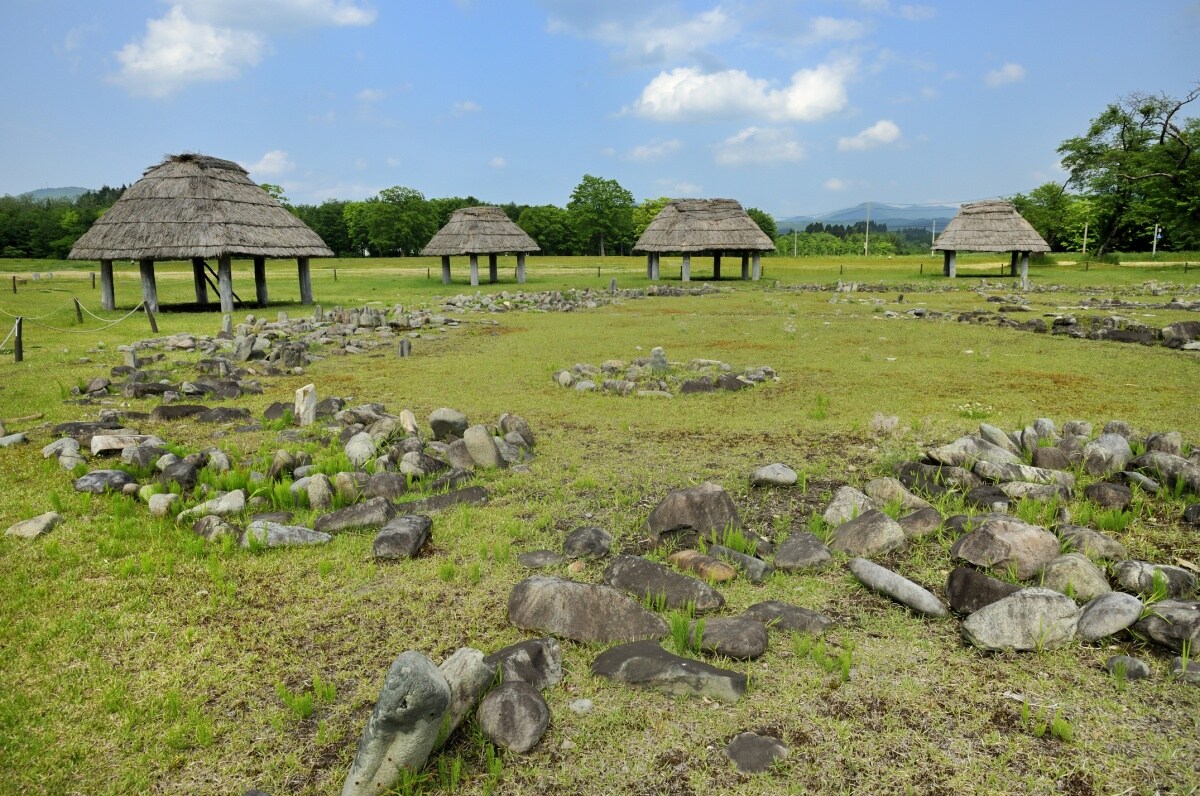
One of the ancient civilizations of Japan was the Jomon people. Evidence of their lifestyle and practices can be found throughout Japan, but concentrate in central Japan and the Tohoku region. Many museums or sites, such the famous Sannai-Maruyama site (三内丸山遺跡・Sannnai-Maruyama Iseki) in Aomori, highlight historical artifacts. More mysterious are the Oyu Stone Circles (大湯環状列石・Oyu Kanjo Resseki) in Akita: While their flat sundial mosaic design is nothing compared to the awe of the world-famous Stonehenge, they beg the same questions regarding their possible use and the celestial understanding of people living 4,000 years ago.
Sticking with religion, the influence of Buddhism can be found everywhere. The “Kyoto of the East” Hiraizumi (平泉) World Heritage Site in Iwate is packed with temples—including one covered with real gold, showing the power and wealth of the ancient Fujiwara Clan. (Image courtesy of CHUSONJI TEMPLE / All rights reserved)
Other sites like the mountain temple Yamadera (山寺) in Yamagata or Buddhist caves in front of Zuigan-ji Temple (瑞巌寺) in Miyagi were so compelling that Japan’s celebrated haiku poet Matsu Basho had to visit them on his “Narrow Road to the Deep North” adventure through Tohoku in the late 17th century.
Lastly, it gets a little weird in Yamagata when you visit one of several temples scattered throughout the prefecture housing “Living Buddhas.” The jet-black corpses belong to priests who mummified themselves through a three-year ritual of starvation and religious practices for the benefit of the community. They are displayed in glass boxes in the temples, continuing their protection of the community until this day.
For rural nature and obscure traditions, no place is better than Tono (遠野) in Iwate. Famously recorded by the folklorist Kunio Yanagita in 1910 in his masterpiece Tono Monogatari, it's here you’ll find tales of mysterious protector dolls or shrines with towering Godzilla-sized fertility totems.
Most visitors head to Kappa-buchi pond to try to catch a glimpse of the naughty kappa. Kappa are river monsters that love the taste of children almost as much as their favorite food, cucumbers. While often advertised as being as cute as Hello Kitty, historically these creatures have been known to steal horses, show off their wrestling skills, and try taking advantage of unsuspecting women in darkened rooms.



